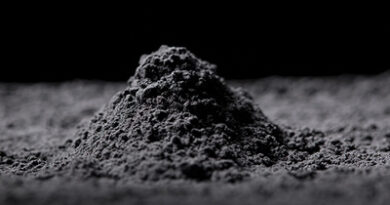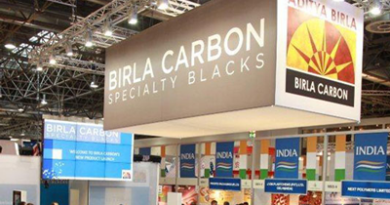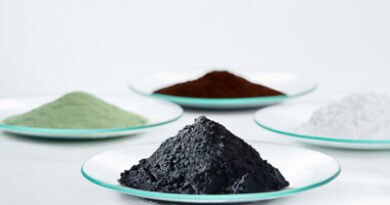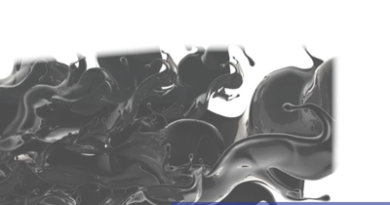Global carbon black market forecast at $18.09 billion by 2029
The global carbon black market size was valued at USD 12.61 billion in 2021. The market is projected to grow from USD 13.22 billion in 2022 to USD 18.09 billion by 2029, exhibiting a CAGR of 4.6% during the forecast period. The global COVID-19 pandemic has been unprecedented and staggering, with carbon black experiencing lower-than-anticipated demand across all regions compared to pre-pandemic levels. Based on our analysis, the global market exhibited a decline of -11.5% in 2020 as compared to 2019 according to Fortune Business Insights
Read More






